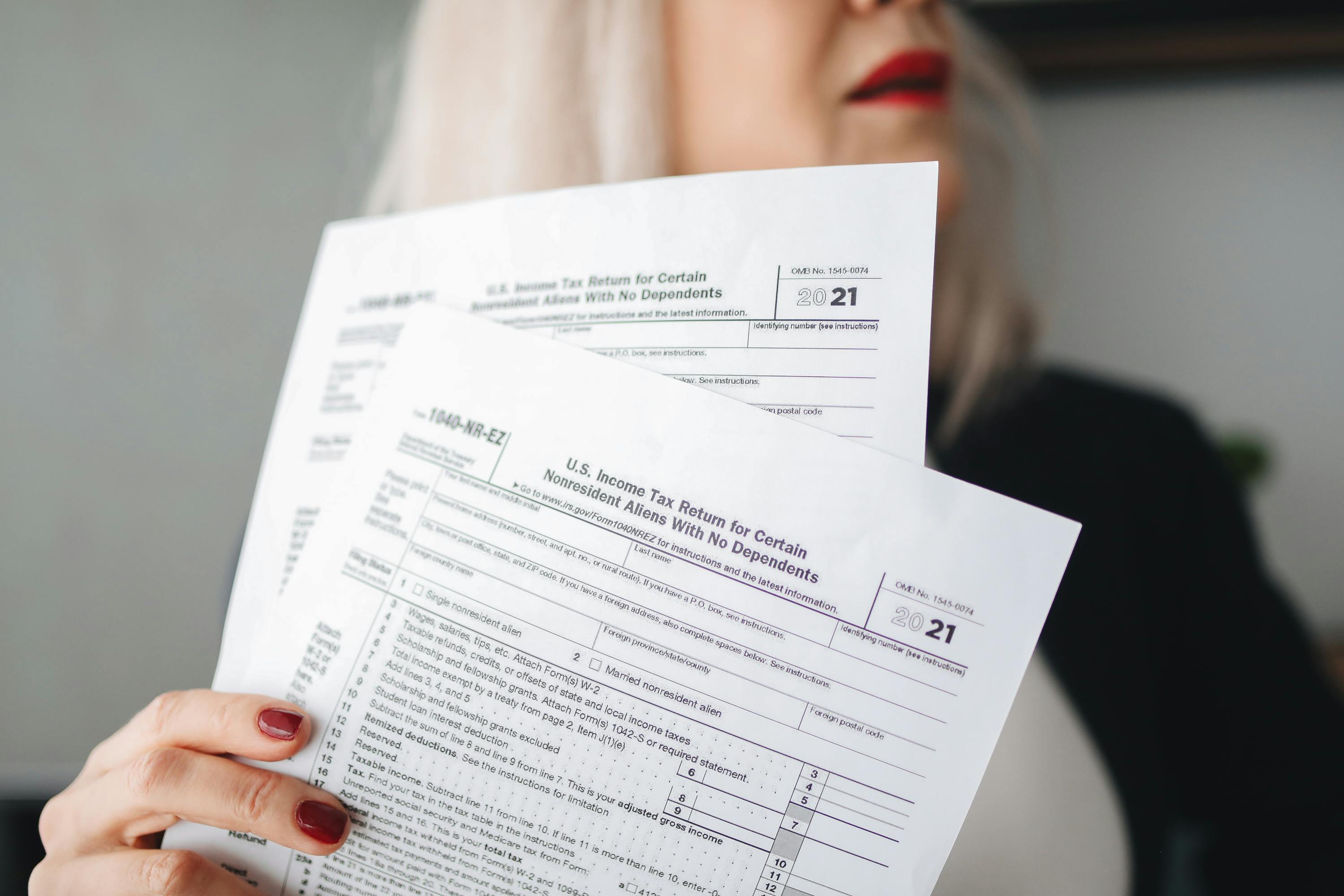Key Takeaways
- When someone dies without a will, property is distributed according to state intestacy laws.
- The probate process is typically required to legally transfer ownership of property.
- The timeline and process vary depending on your state, the type of property, and family structure.
Losing a loved one is hard enough without the added stress of figuring out what to do with their property, especially when they didn’t leave a will. When someone dies without a will (known as dying "intestate"), the transfer of property becomes a legal process that must follow state laws. This article will walk you through how intestate property transfers work, what to expect from the probate process, and the steps you need to take to secure or transfer ownership.
{{blog-cta-checklist-large}}
What Happens When Someone Dies Without a Will?
When a person passes away without a will, their estate is considered intestate, meaning the distribution of their assets is governed by state intestacy laws. The probate court oversees the process, ensuring that debts are paid and remaining assets—including real estate and personal property—are distributed to heirs according to the law.
Who Initiates the Process?
A family member or interested party must petition the court to be named as the administrator of the estate. Once appointed, the administrator handles the entire estate settlement, including property transfers.
Property Transfer With a Will vs. Without a Will
With a Will:
- The deceased names an executor to manage the estate.
- The will outlines who inherits specific assets.
- The executor submits the will to probate court.
- After validation and debt resolution, property is distributed as instructed.
- While probate is often still required, the process is typically more efficient.
Without a Will:
- The estate is intestate, and inheritance follows strict state law.
- A court must appoint an administrator to handle the estate.
- Assets are distributed to relatives in a set order—spouse, children, parents, siblings, extended family.
- No property can be sold or transferred without court approval.
- The process can be longer and more prone to disputes.
- If no living relatives exist, the property may escheat to the state.
Different Rules for Real Estate
Real estate is often subject to unique procedures, especially if it’s located in a different state than the deceased's residence. Only a court-appointed administrator can legally transfer property when no will exists.
How to Get Appointed:
- File a petition for administration with the probate court.
- Attend a court hearing.
- Receive Letters of Administration, which grant legal authority to act on behalf of the estate.
The administrator can then sign deeds, sell property, and distribute assets—but only with court approval.
What Documents Are Needed to Transfer Property Without a Will
To complete a property transfer after death (no will), you’ll need the following:
- Certified death certificate
- Petition for administration
- Letters of administration from the court
- Original property deed or title
- Affidavit of heirship (in some cases)
- Records of any outstanding debts or taxes
How to Avoid Property Transfer Through Probate
Probate can be slow and stressful. Fortunately, several strategies allow property to bypass probate entirely:
1. Living Trusts
Assets placed in a revocable living trust go directly to the named beneficiaries upon death—no court required.
2. Joint Ownership with Right of Survivorship
If property is co-owned with survivorship rights (common among spouses), ownership automatically transfers to the surviving party.
3. Transfer-on-Death (TOD) or Payable-on-Death (POD) Designations
These allow bank accounts, securities, and even real estate (in some states) to transfer directly to a named beneficiary.
4. Beneficiary Deeds (TOD Deeds)
Filed while the owner is alive, these deeds let you name someone to inherit your real estate without probate.
5. Gifting Property Before Death
Some choose to gift property during their lifetime. While this avoids probate, it can trigger tax consequences or reduce control over the asset.
How to Begin the Property Transfer Process
Here’s how to start a transfer of property after death without a will:
- File a probate petition in the local court
- Get appointed as administrator
- Inventory the estate's assets and have them appraised
- Notify heirs and creditors
- Settle debts and taxes
- Request court approval to distribute or sell property
{{blog-cta-checklist-small}}
FAQs
1. What happens to property when someone dies without a will?
It is distributed based on state intestacy laws, typically to close family members.
2. Can you transfer property without probate if there’s no will?
Rarely. Most property transfers without a will require probate, unless it's jointly owned or has a beneficiary designation.
3. Who inherits the house if there’s no will?
Usually the surviving spouse and/or children, but the exact answer depends on your state’s laws.
4. How long does it take to transfer property without a will?
It can take several months to over a year, depending on the estate's complexity and state laws.
5. Can I sell a deceased person’s property if I’m not the administrator?
No. Only a court-appointed administrator has the legal authority to sell or transfer property from the estate.
Transferring property after death without a will is a structured, court-supervised process that ensures assets are distributed fairly—though not always as the deceased may have wished. By understanding the steps, gathering the right documents, and following your state’s legal procedures, you can navigate the process more smoothly.
For an easy way to manage estate settlement or to learn what to do next, refer to Elayne’s After-Death Checklist and Automated Estate Settlements platform.
*Disclaimer: This article is for informational purposes only and does not provide legal, medical, financial, or tax advice. Please consult with a licensed professional to address your specific situation.


















































